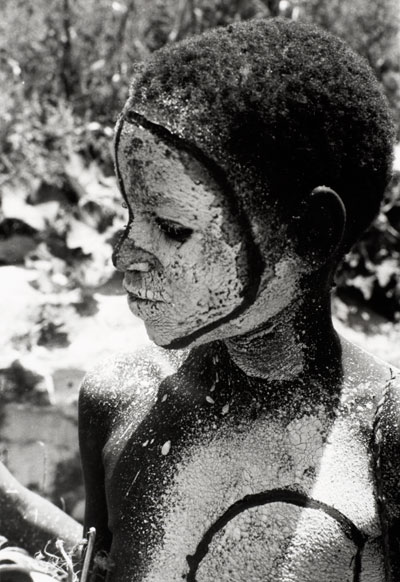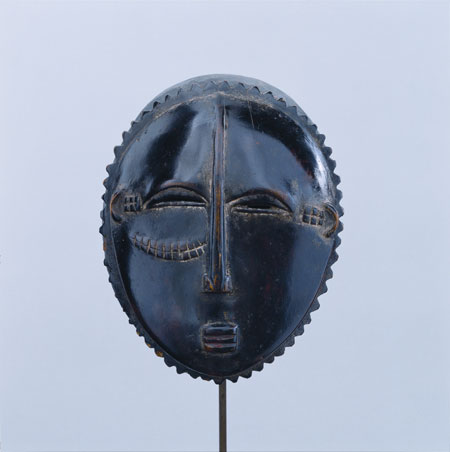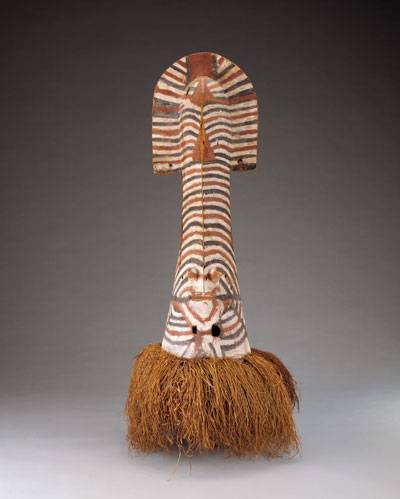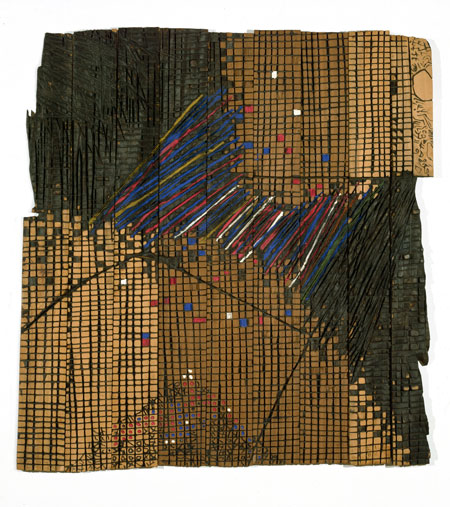Exhibit:
Introduction | Ancient sky-watchers | Celestial deities in the time of the pharaohs | Cosmic connectors | The sun at which one cannot stare | Without the moon, there would be no life | Lunar enlightenment | Cosmic models | Celestial guidance | A universe of possibilities |
Education:
Astronomy in Africa | ArtLAB+ interviews | Star sounds | Cosmos diary (blog) | African Cosmos (Twitter) | Family guide | A Galaxy of Activities | Teacher Lesson Plans | Sons of the Moon DVD
In planting season we begin to watch the moon closely,
just as we watch the months before giving birth to the child.
Without the moon, there would be no life.
John A. Kwashi, Ngas bard, Nigeria, 1974
The moon--its presence in the night sky, its journey as it rises and sets, and its light that reveals or hides human activity--is a potent metaphor in the verbal and visual arts of Africa. A feminine symbol in many African societies, the moon is often linked to life itself, through lunar cycles that align with human and agricultural fertility and that structure ritual calendars.
just as we watch the months before giving birth to the child.
Without the moon, there would be no life.
John A. Kwashi, Ngas bard, Nigeria, 1974
The moon--its presence in the night sky, its journey as it rises and sets, and its light that reveals or hides human activity--is a potent metaphor in the verbal and visual arts of Africa. A feminine symbol in many African societies, the moon is often linked to life itself, through lunar cycles that align with human and agricultural fertility and that structure ritual calendars.

During the annual festival of Mos Tar (the beer of the moon), young "sons of the moon" are painted white like the moon, with drawn crescents and circles suggesting lunar phases.
Ngas peoples, Nigeria, 1974
Photograph by Frank Speed
Ngas peoples, Nigeria, 1974
Photograph by Frank Speed



